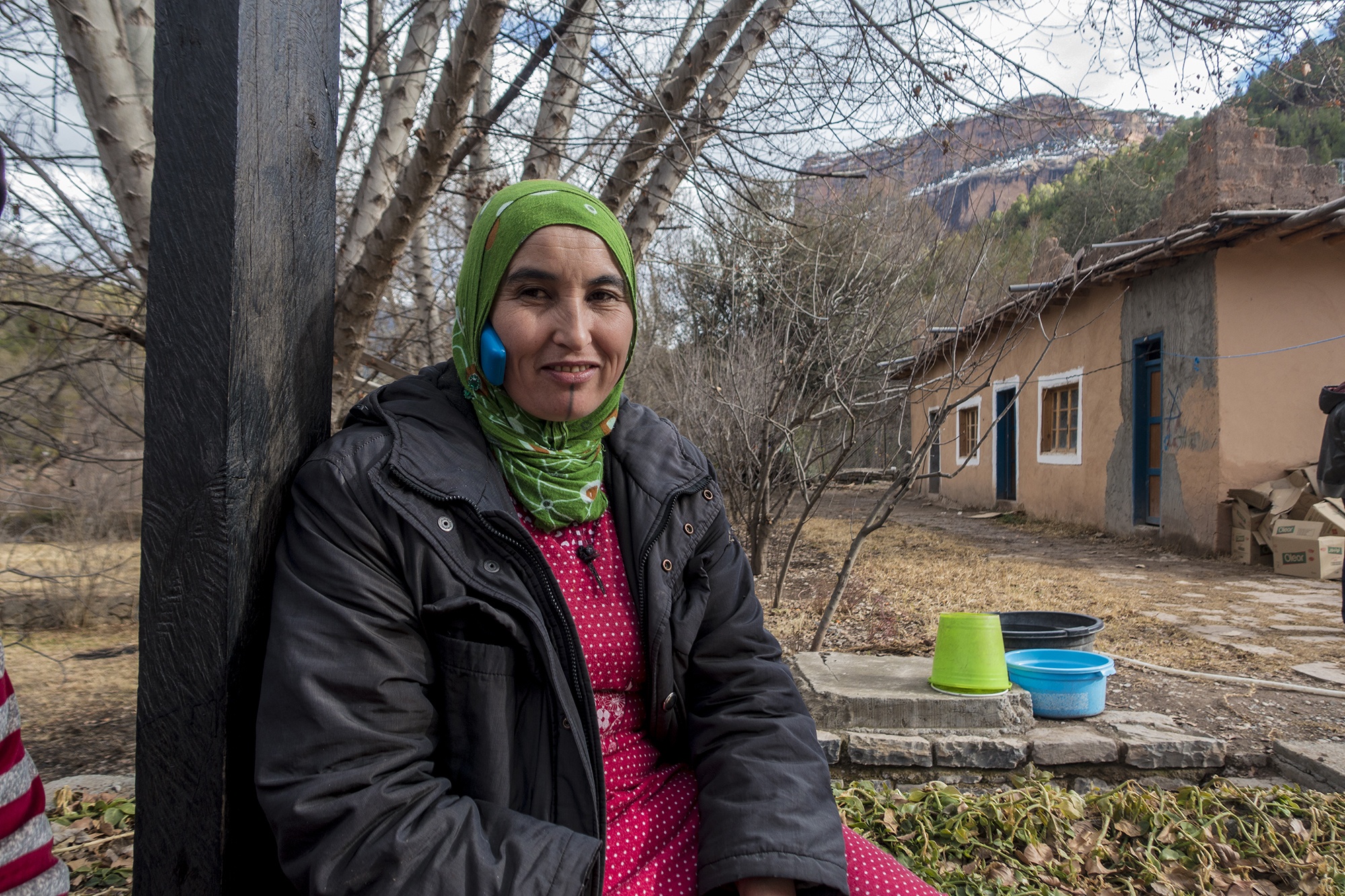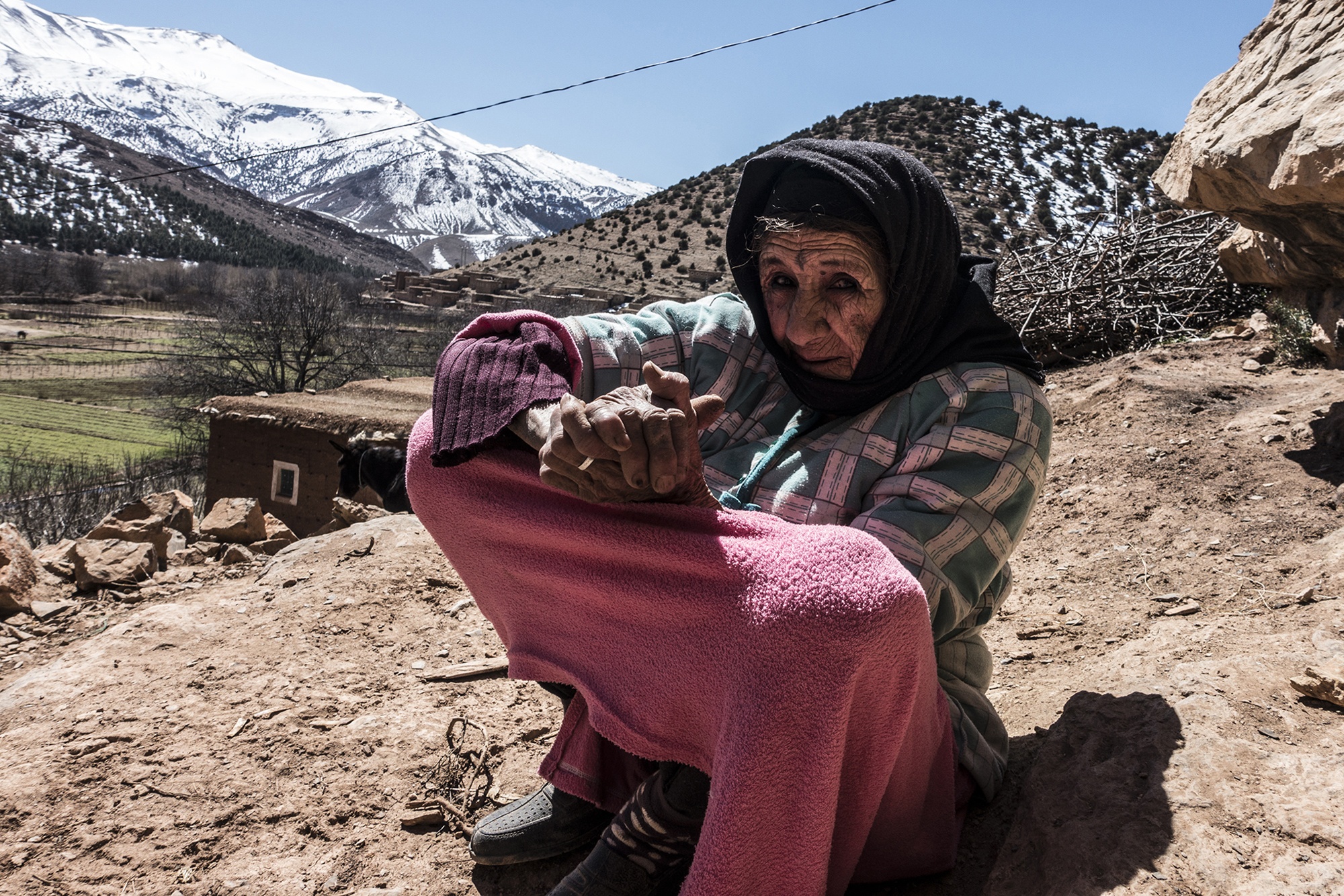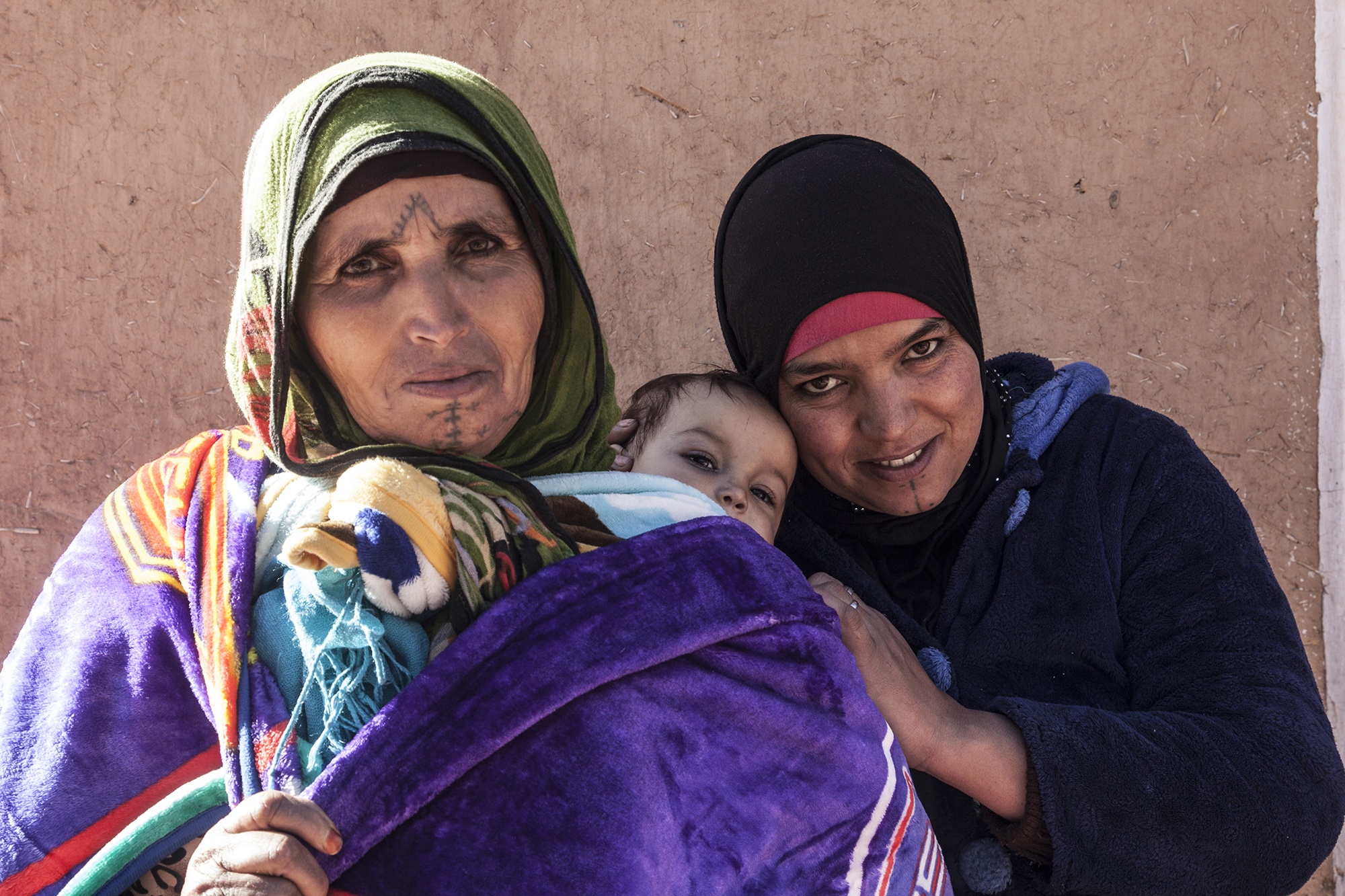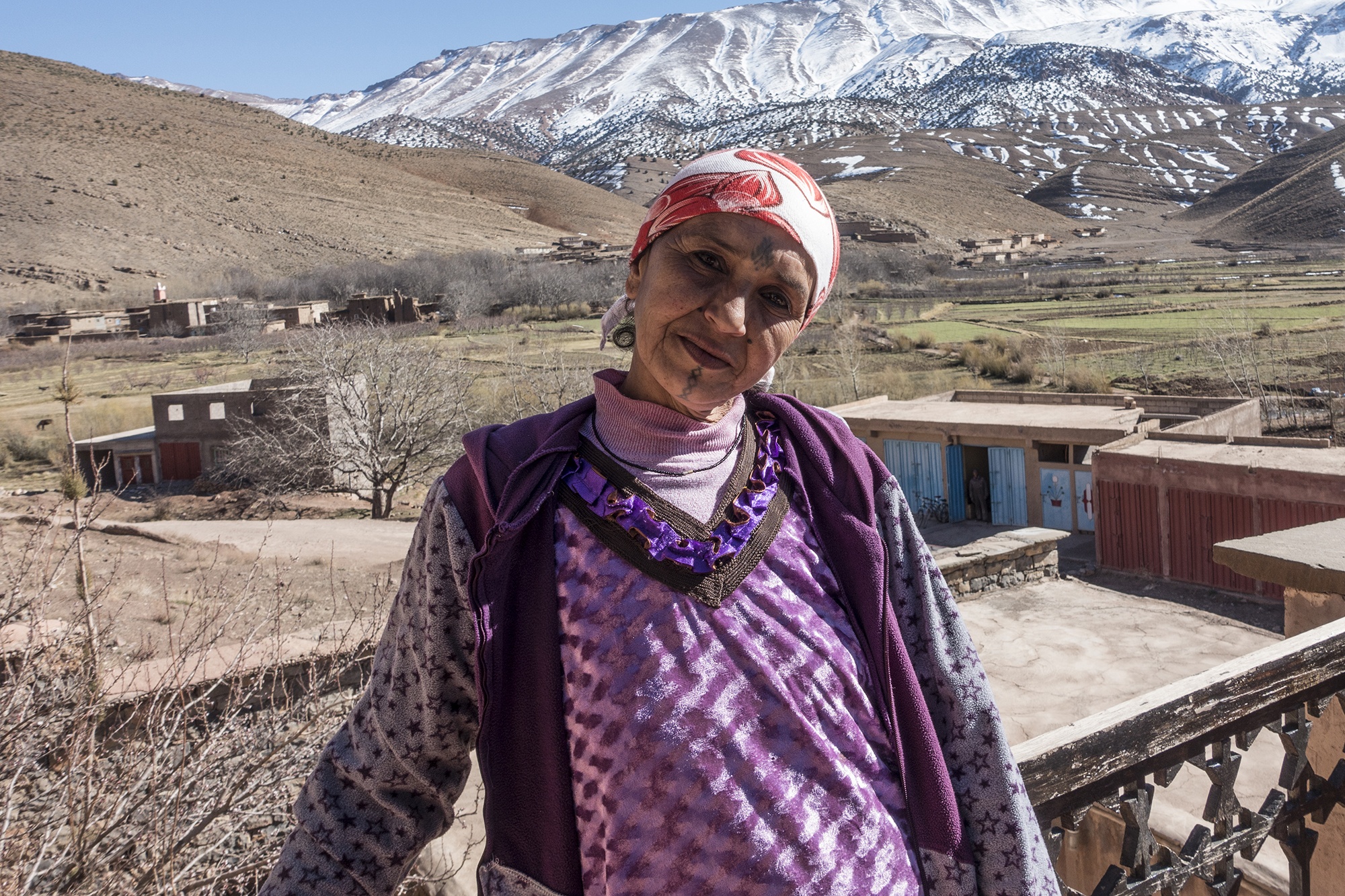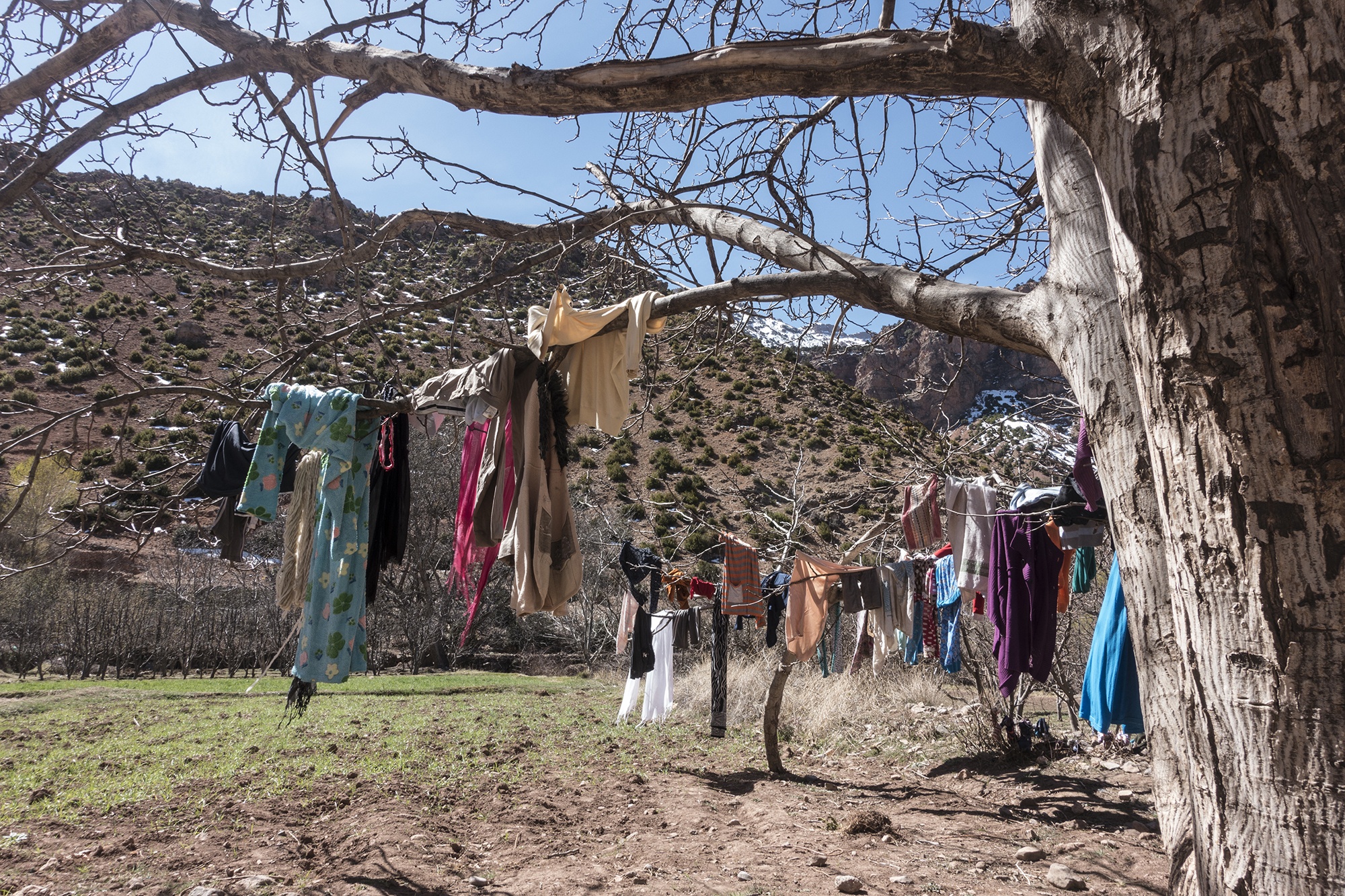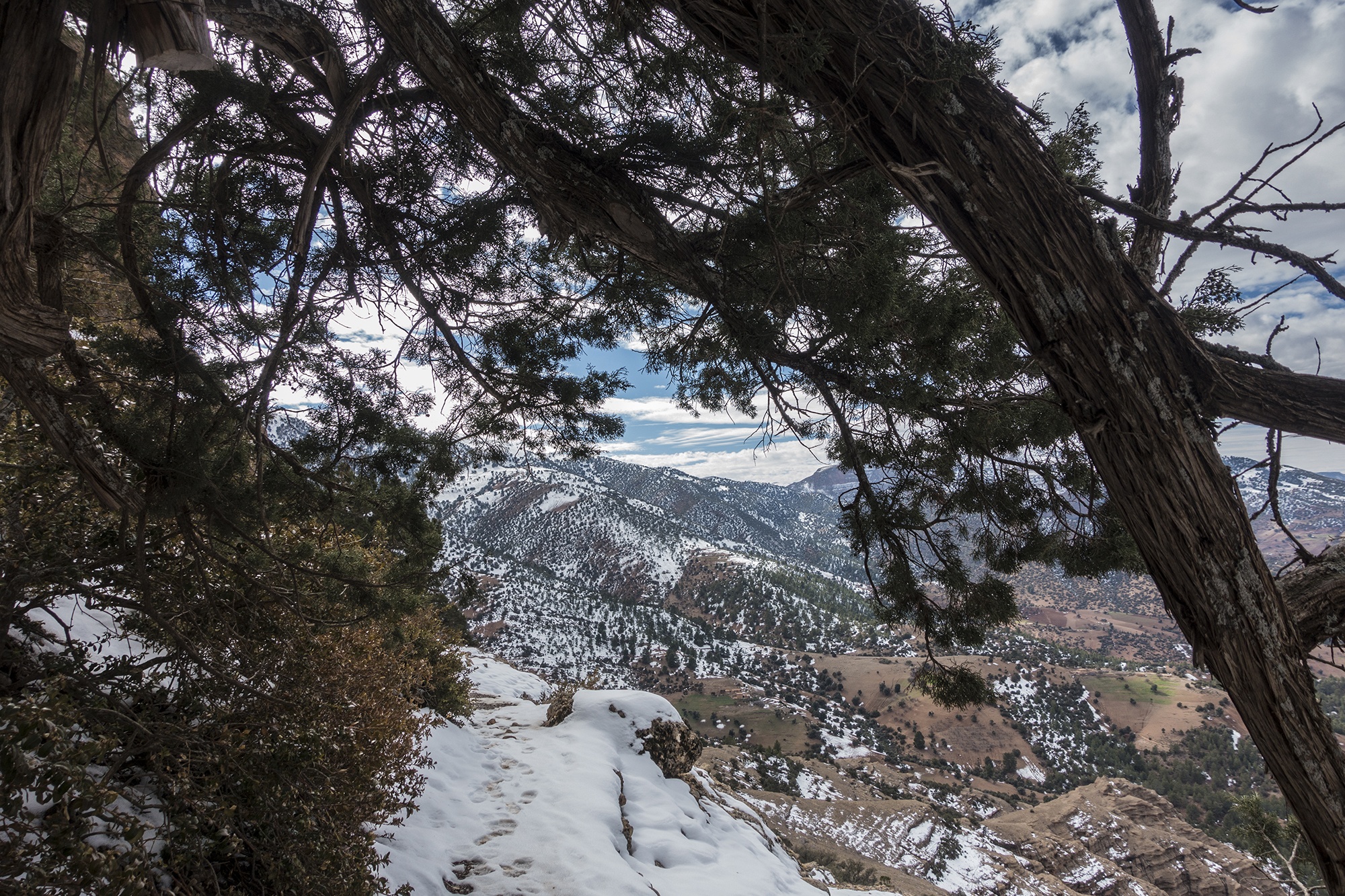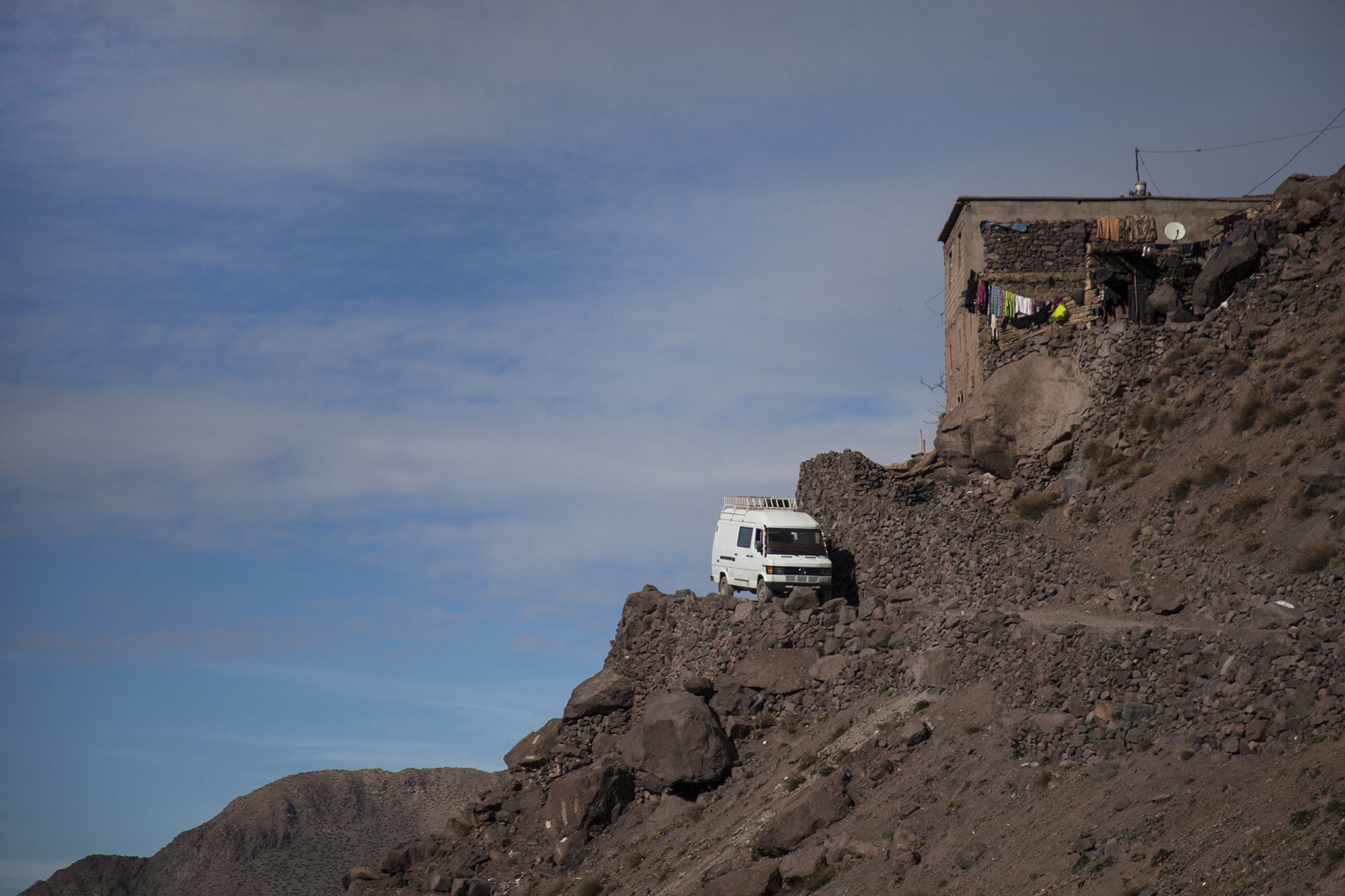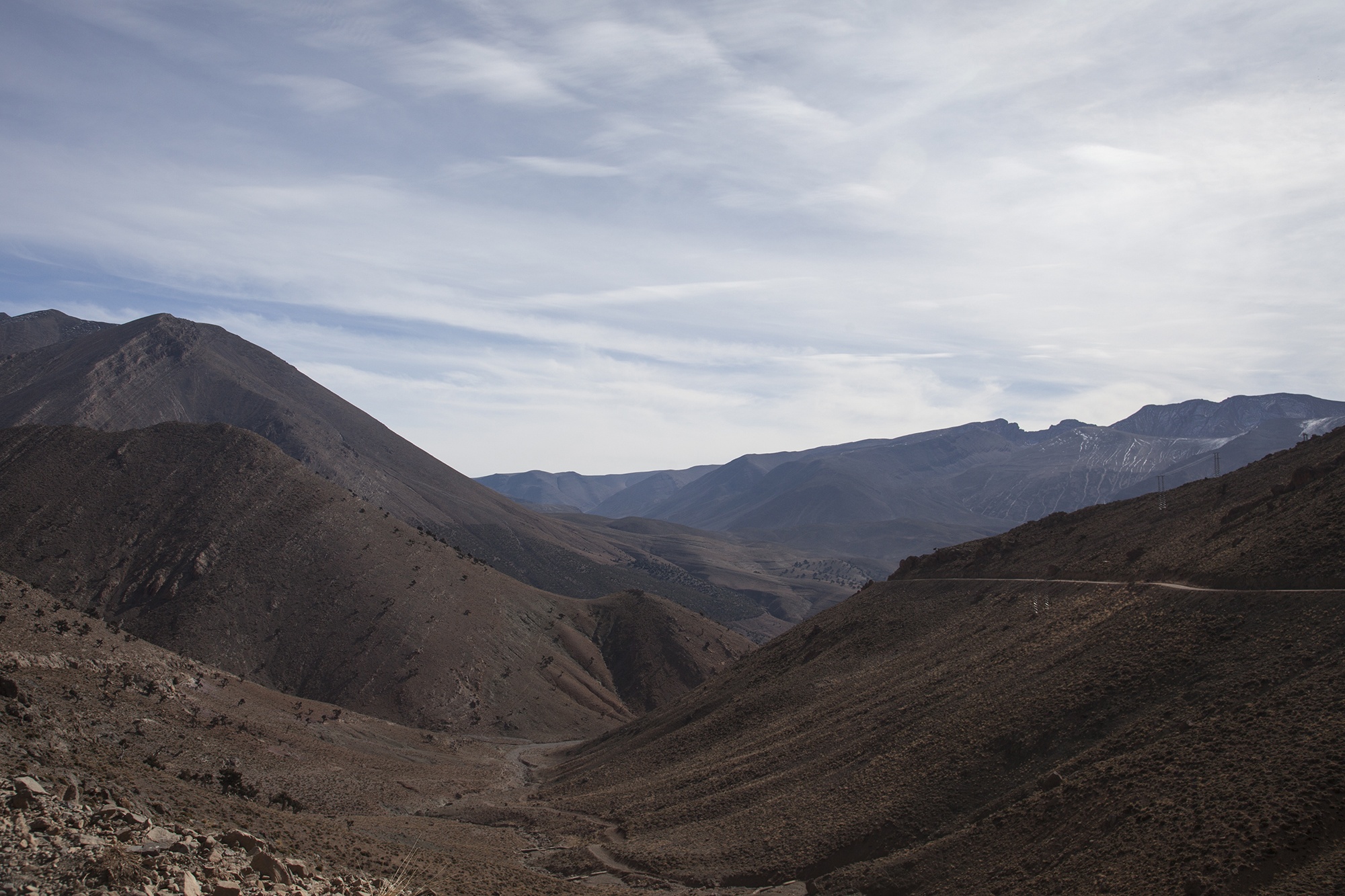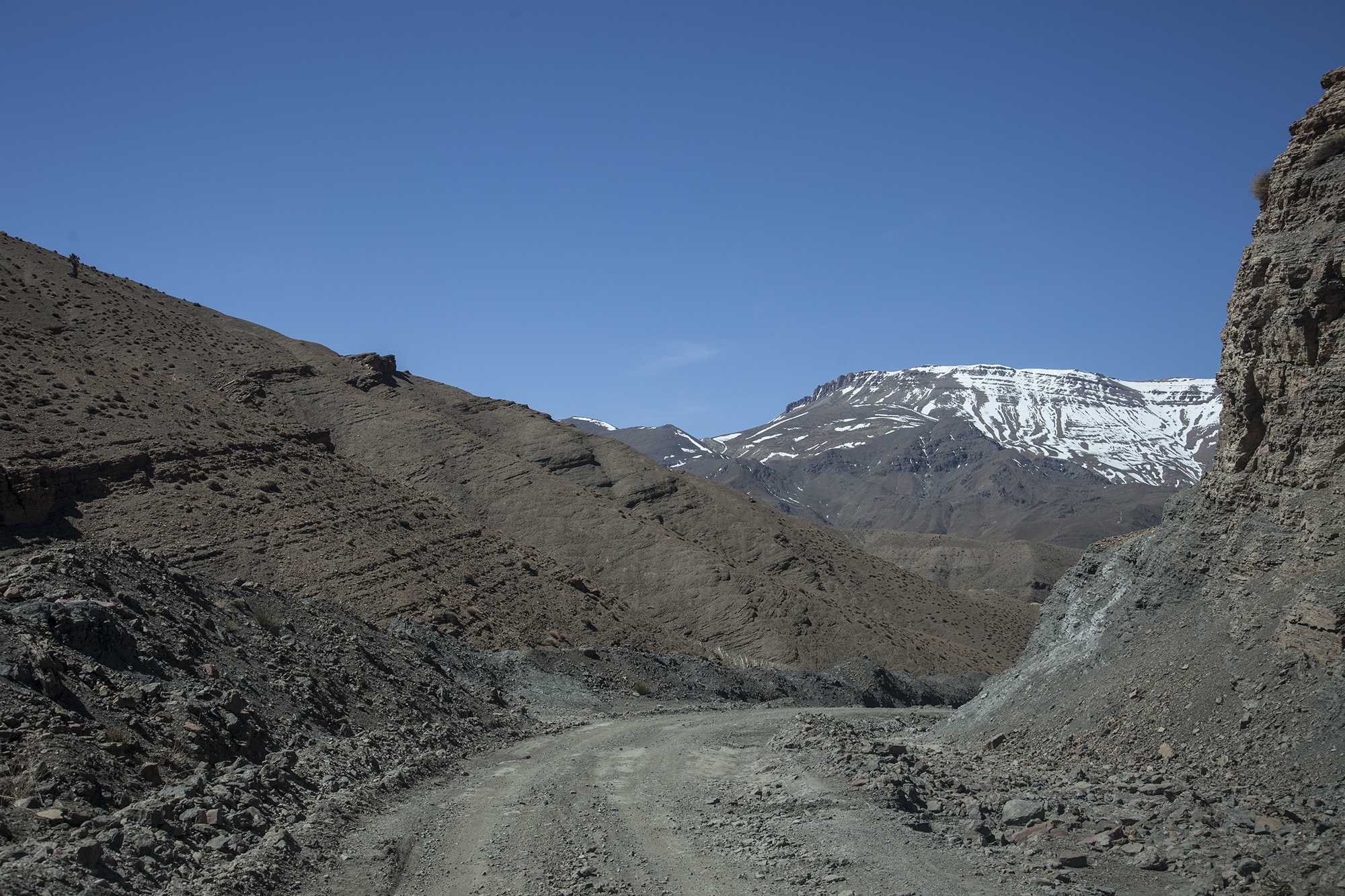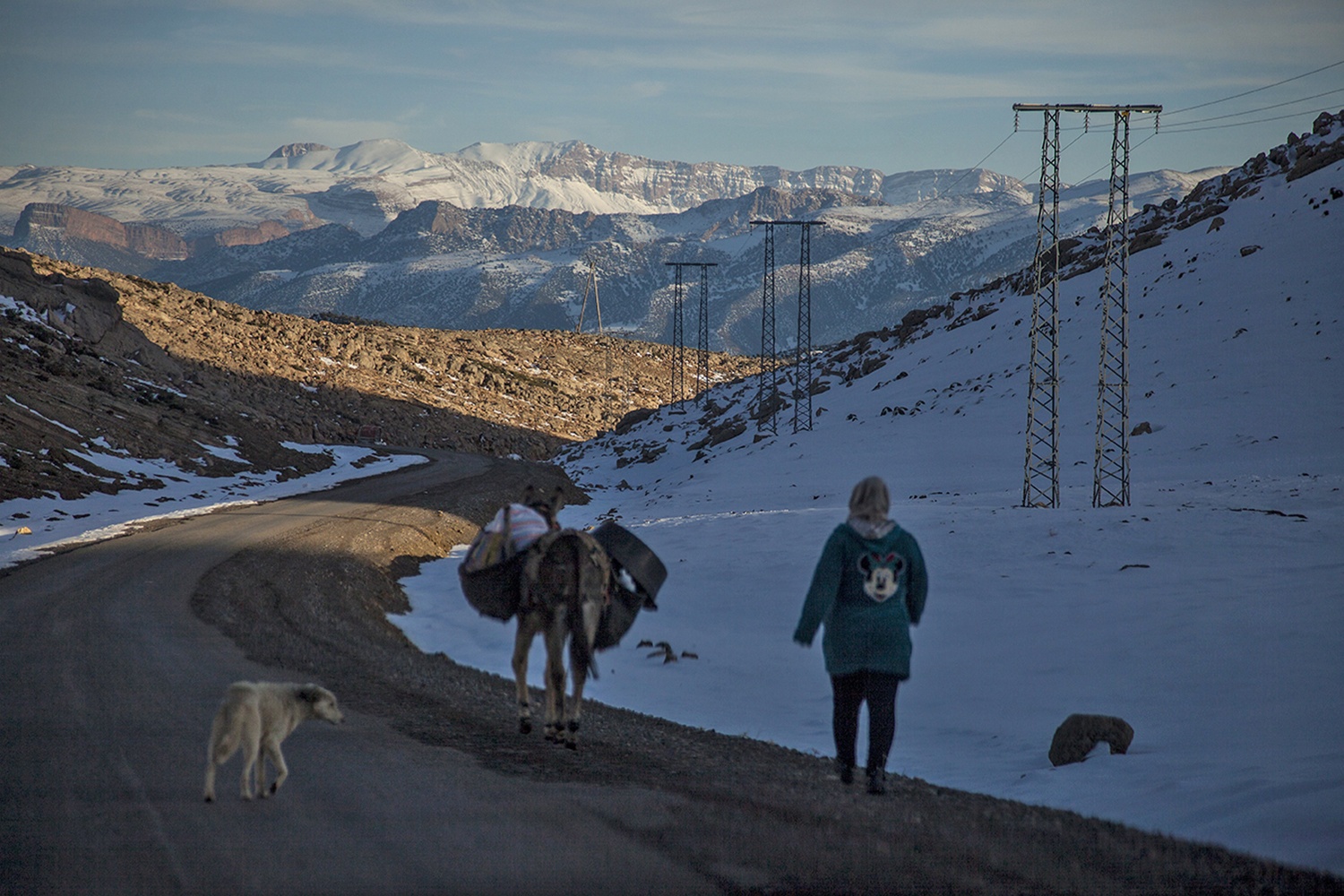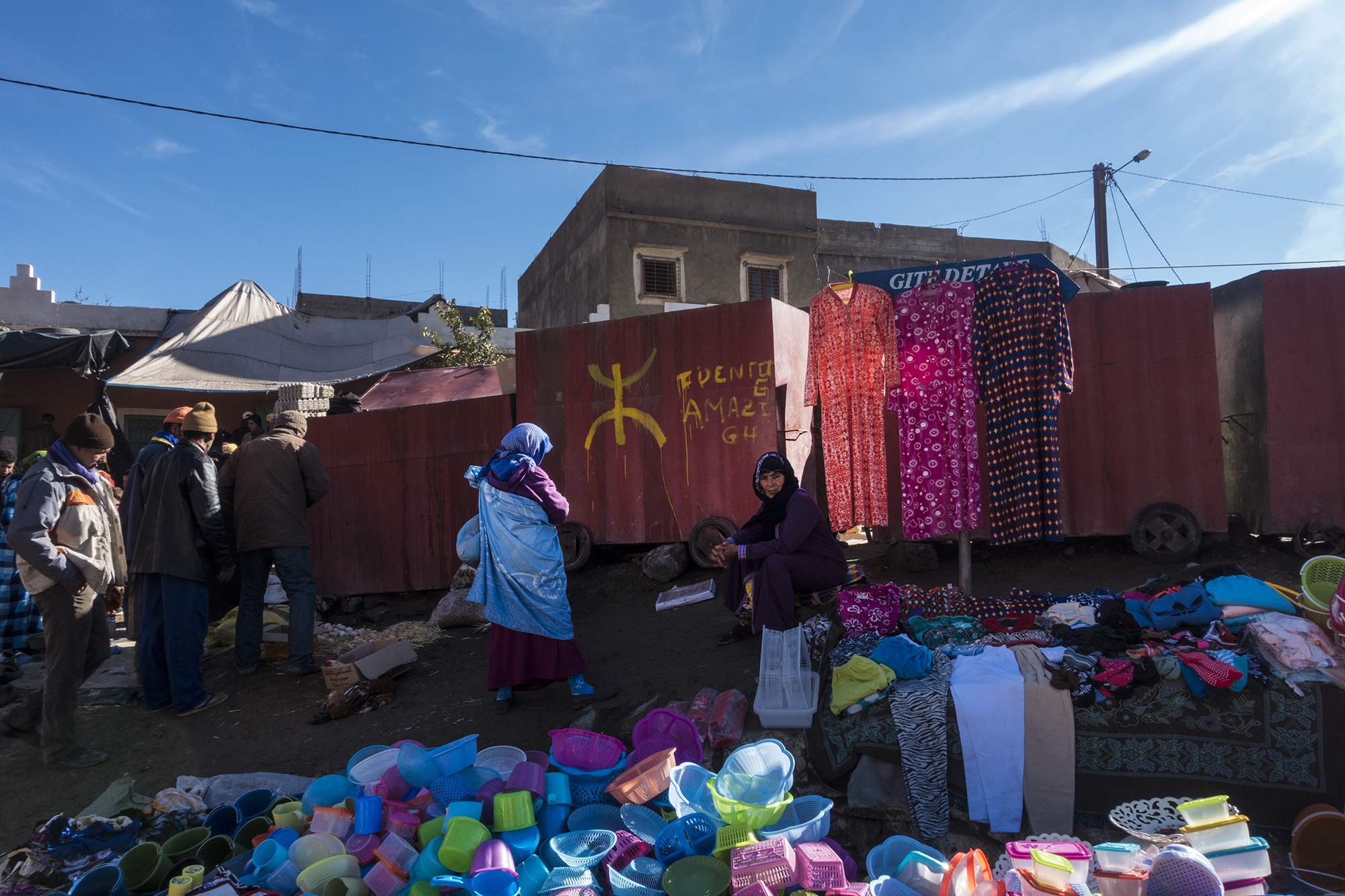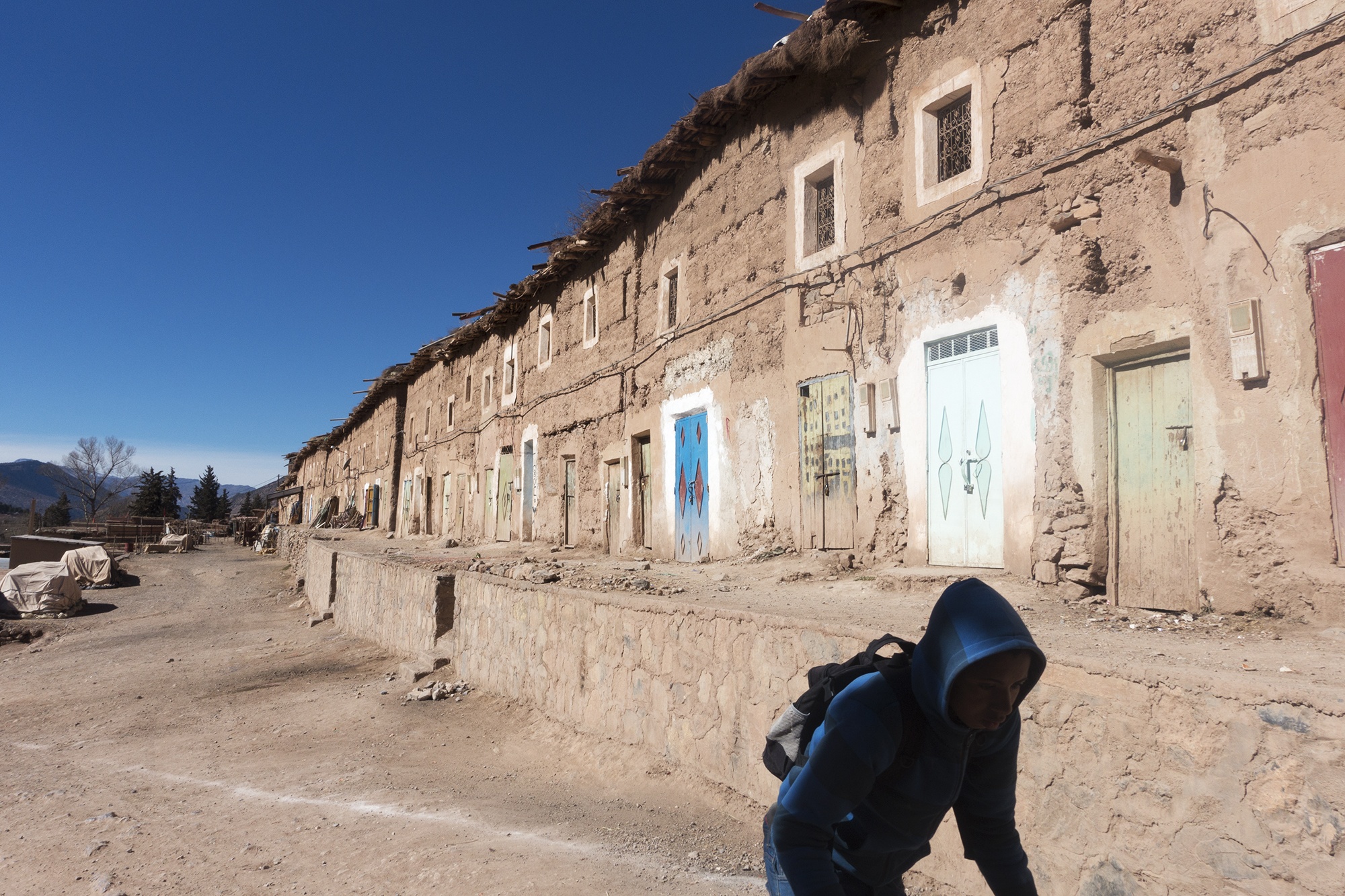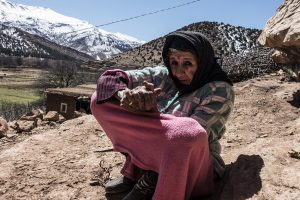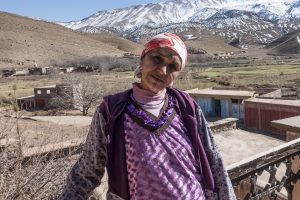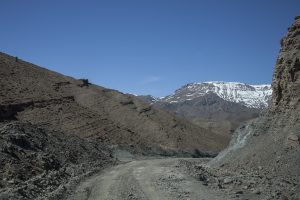L’Eclectique makes a new focus on the journey of the photographer Malika Sqalli. She has been wandering off the beaten path in Morocco and tracing new lines we are more than ethusiastic to discover. Malika also have met women who share a main line with her: Moroccan women have many faces. In this article she shares the link she has been tracing between her travel in New Zealand and her homeland.
“We are cyclical, rotational beings, which means that when we go as far as possible on the circle we come back home. This is why so often, traveling to far land and tracing lines around the globe, brings us back home.”
Lines are universal. There are the lines we trace, the ones we draw, the ones we speak. There is the word murmured getting lost in the air or an ear, the sentence, the lines of a notebook or musical sheet. Lines can have a destination, they can go on in a loop, connect to each other, divide or they can go nowhere. They can be the lines we bear on our skin from age or scars, they speak our years like the lines of a tree. Klimt even said that: ” Art is a line around your thoughts.” We are cyclical, rotational beings, which means that when we go as far as possible on the circle we come back home. This is why so often, traveling to far land and tracing lines around the globe, brings us back home.
This is exactly what happened when I traveled to New Zealand, which lays at the opposite coordinate to my homeland Morocco and met Maori women who harboured a Moko Kauae, a chin tattoo. There was a power in these markings, these inked lines I could not ignore. The Moko Kauae reminded me of the traditional Berber tattoos known as Tichrat seen on members of my family and on Berber women in my Moroccan home land. A homeland that I had left behind in my teenage years and knew very little about, and that was going to surprise me in more ways than one…
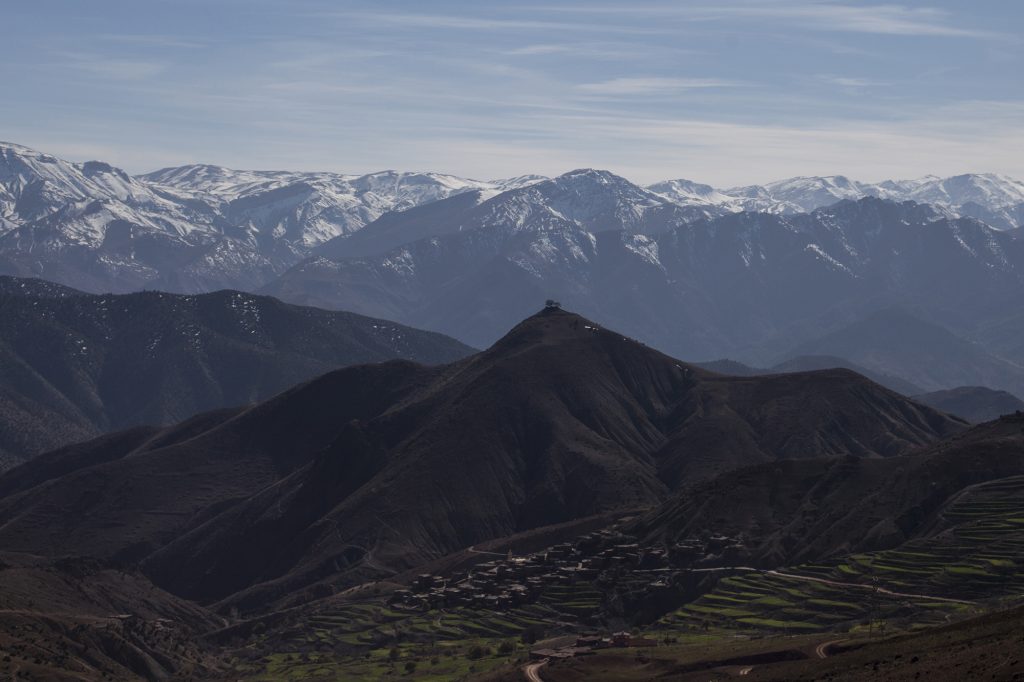
Near Ait Tamlil
What was the significance of these facial tattoos? What are the stories behind them? Was there a connection between the two? These lines looked like a facial lifeline, a purposeful representation, the wrinkles and scars of the wearer’s life journey. I was fascinated by these powerful identity marker: I uncovered a pathway which begged further investigation. Morocco and New Zealand are at the exact opposite coordinate, if I stuck a needle through Morocco; through the centre of the globe, that needle will emerge in New Zealand. Will this same needle sew a thread, trace link and ink the two traditions? This was the beginning of a long quest to learn more about berber way of life, in particular the tradition of facial tattoos. There was very little literature on the subject. Stories vary, a whole new and multiple mythology seems to have taken place, while memories are fading.
“It is the flame of inquisitive curiosity I wish to reignite through the images I am taking and the stories I am gathering and the link I am drawing between NZ and Morocco”
- Aicha- 110 years old from Ait Bouguemaz
- Aicha from Zauiat Ahensal – Her tattoo is the only memory of her mother
Tichrat in Berber culture is a disappearing tradition, found only in remote areas of Morocco. Although language and other traditions are being revived, Tichrat is becoming increasingly taboo primarily due to religion and the perception that traditional tattoo is not acceptable in modern society. There seem to be also a great deal ignorance, lack of interest, taboo within the moroccan community itself about it. It was common for me to hear: “My mum had one, my grandma had one but I have no idea and I never asked while she was alive, I have no idea”. Sometimes it becomes: “I wished I met you before so I could have asked.” It can also happen that the tichrat was not even noticed, like this young man who helped as a translator for the ladies who didn’t speak arabic, he only noticed that his mother had one when we met her radomly at the local souk.
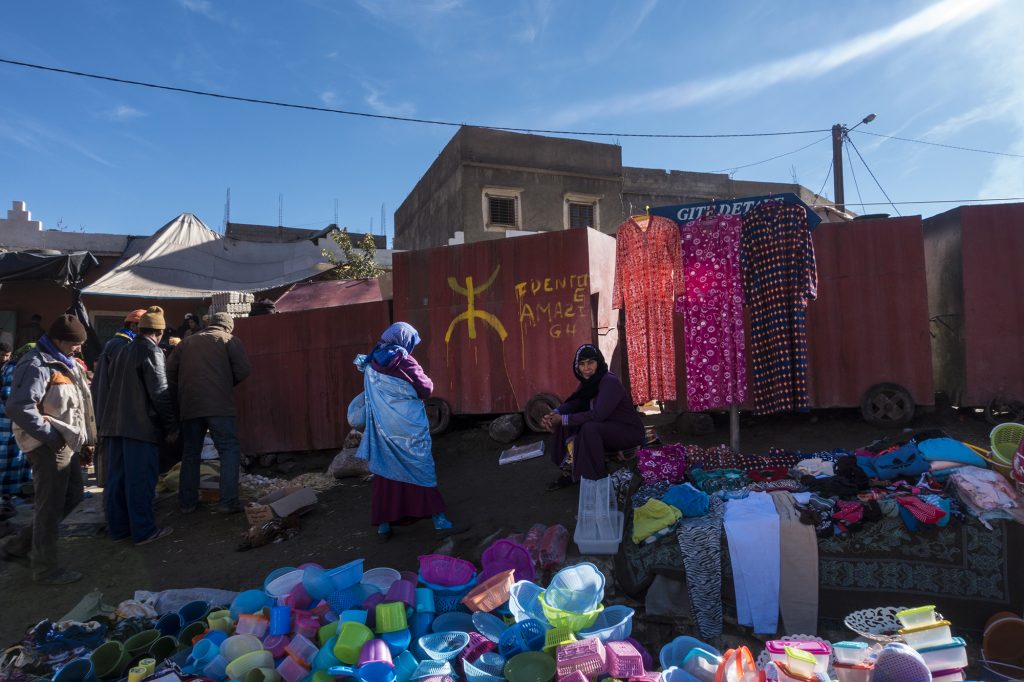
Tillouguite souk with pride
It is the flame of inquisitive curiosity I wish to reignite through the images I am taking, the stories I am gathering and the link I am drawing between NZ and Morocco, like humble candles shedding light on these strong, beautiful ‘in your face statement’; the body acting as an eternal canvas for the landscape of personal and traditional life, facial poetry connecting the wearer to who their core. They speak of empowerment, self-confidence, ownership of one’s body, which in this country isn’t always a given, and femininity. It was always the woman’s decision to do them, many did them to themselves to pass the time.
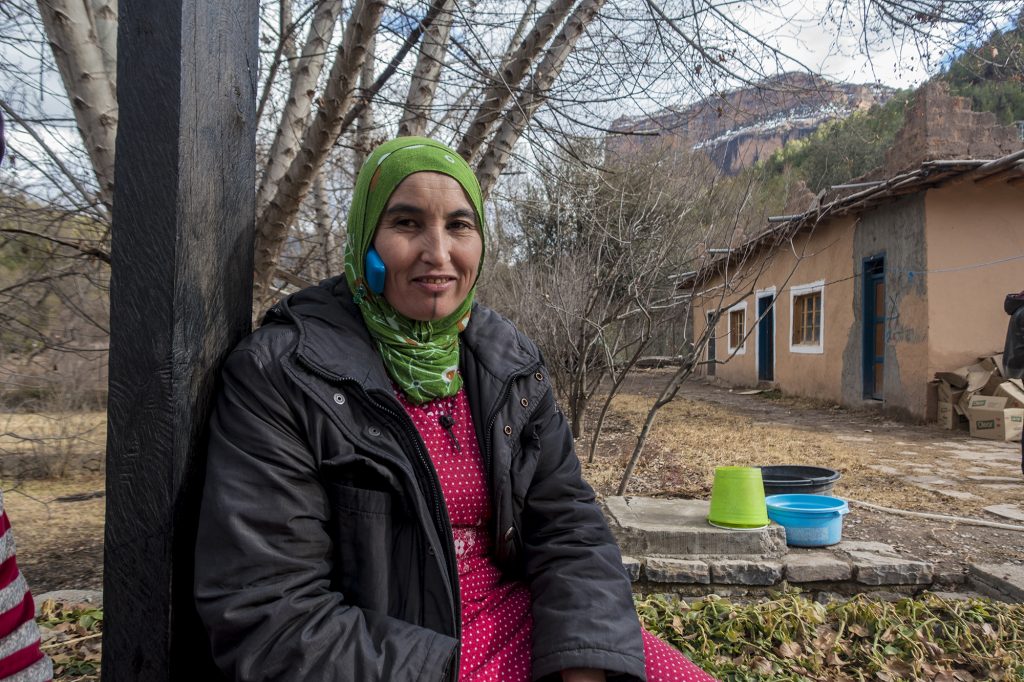
Fatima Hands free talking
There was another line that this project had me tracing. It was the meandering roads and dirt roads of the Atlas mountains. Many are not for the faint hearted, especially when covered with snow and ice. This took me to areas that I would never have discovered had I not answered embarked this quest. The Atlas don’t give themselves easily, just like their community. Of course there are the tourist roads, but the most interesting are the one less travelled, without asphalt. You have to earn them, tame them, dedicate yourself to them.
- imlil
- All roads are not equal
“Investigating these lines of empowerment have empowered me to discover my home land, my roots and remote areas that even Moroccans do not explore.”
As a woman alone I am often asked if I am not afraid of going to the unknown and driving out there while picking a random point on the map in a new country. Quite the contrary – I am excited at the prospect to find something new, and each valley so far has delivered in surpises, some better than others. Each encounter, each adventure or misadventure, let’s face it all is not always smooth running, had the sweet taste of serendipity. Each opens another door, another insight, another story, and helps shed another filter.
I do like to drive alone, it makes me more acutely aware of the landscape and the road, I just end up going to sleep very early.
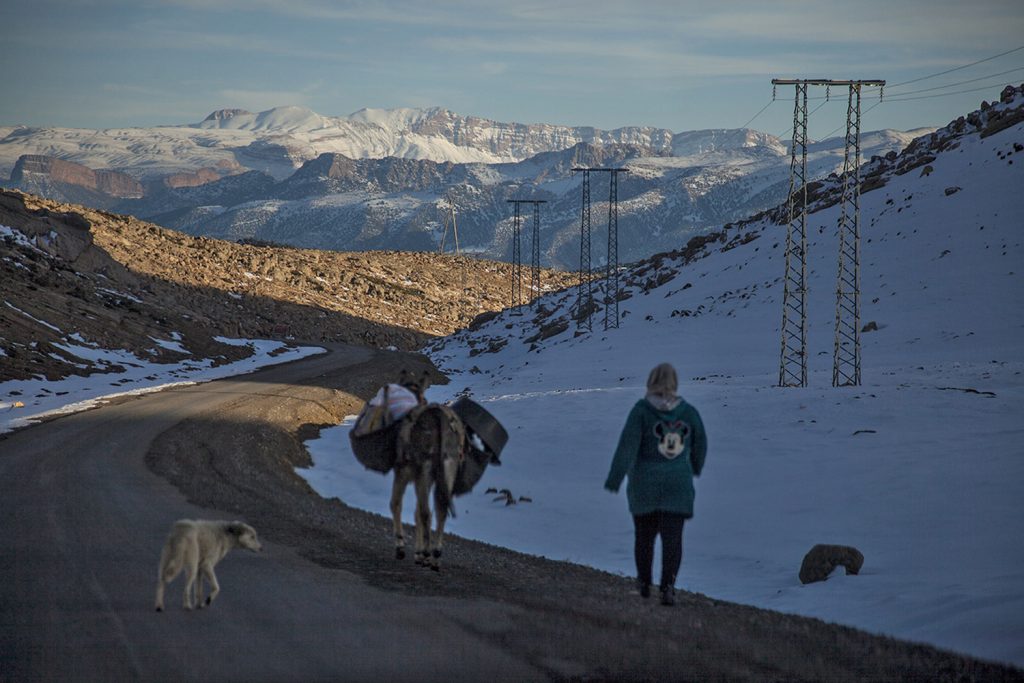
The many ways on the road
I make a point to hike in the areas, to walk aimlessly or targeting a peak, to understand the land the community lives in for their are deeply connected to the mountains and the land they live in unlike city dwellers. Their lives are punctuated with the season, and very harshly so in winter. In order to understand them fully, it is paramount to understand the identity of the place they live in to paraphrase Giuseppe Penone.
Investigating these lines of empowerment have empowered me to discover my home land, my roots and remote areas that even Moroccans do not explore.There is however an outdoor wave sweeping the Moroccan youth these past two years and it is very refreshing. This is a win win situation where curiosity is a powerful catalyst, and owning up ideas even when they seem crazy, and taking action.
I will leave you with a quote from my Tedx Talk in 2013 : “We are made of Atoms, ideas and stories for if we don’t act physically on our ideas, they don’t become stories. “

The girls atop Imsfrane
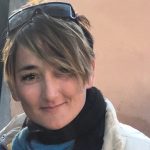
Malika Sqalli
Born in Morocco, Malika moved to France in her teens and attended the Ecole de Beaux Arts in Montpelier. She then spent several years living in London, Los Angeles and recently divided her time between London, Morocco and Amsterdam. Malika Sqalli is also a qualified personal trainer and holistic lifestyle coach, Nlp practitioner and fully licensed skydiver and camerawoman - She is also working on a new series of fine art photographs done during freefall - and she did a Ted Talk in 2013 in Casablanca.
"Behind the camera I try to keep a child like outlook, Alice in wonderland, amazed at the little things - on the hunt for the magic moments as if the world was full of easter eggs. I hover between snapping what I find there in the in between the blink of an eye, where something about the emotion and identity of the place calls me, to staging stories and emotions visually. It is a way of connecting to a deeper self and to the viewers, touch them, talk to them, about them, about us and take them to a place they won't necessarily go. I am intrigued by connections and disconnections: what links us, relates to us, what is far away, different and mysterious. The notion of home, culture identity, personal mythology and the notion of non place and space identity is close to my heart too."
